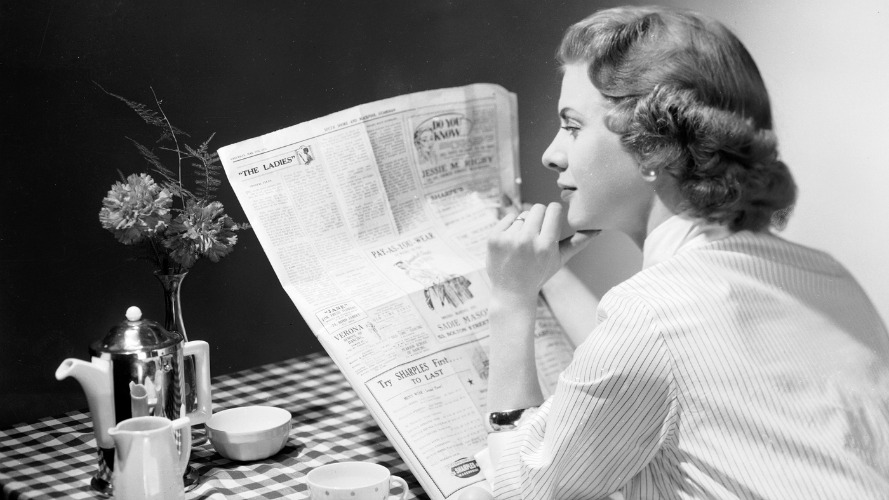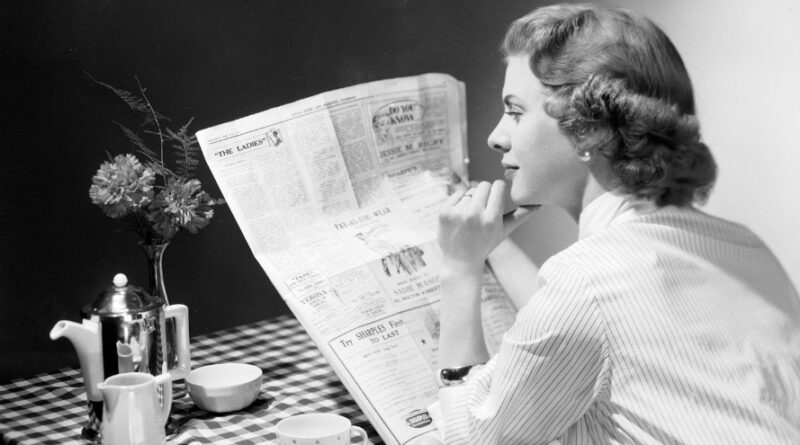Women’s Marriage Rights of Late 1900’s

This article explores the similarities and the differences between the position of women in marriage in the late 19th century and in the contemporary society. This research discovered that the roles played by females in the respective marriages have changed significantly. Our dynamic world is associated with transformation and alterations. Hence, this contentious issue has now gained prominence due to the various changes realized in the social, cultural, political and economic backgrounds (MacKinnon).
To begin with, women in the late 19th century were culturally oppressed. The traditional practices in many societies did not give them a chance to participate in decision making concerning the issues affecting them. The males were charged with the responsibility of making major decisions. In addition, women were culturally barred from openly criticizing their husbands even if their actions were detrimental and could jeopardize the existing living conditions in their respective households. Females were not allowed to eat certain foods that men could enjoy. For instance, most of the African communities did not provide them with an opportunity to enjoy delicacies like chicken, rabbit, hare, milk, eggs and all kinds of wild meat. Such food was the privilege of males alone. Any woman caught violating the rule would be strictly punished.
However, things are no longer the same today since many societies have shifted from such oppressive acts. Even if some conservatives still diminish the role of females, women have gained a lot of autonomy. They are free to choose what kind of food to eat, in addition to all other privileges, of course. Therefore, they can dine from the same bowls with their male counterparts, unlike before. Besides, they are free to make their own decisions and act independent of the unnecessary pressure from any external force. The males, who have changed their attitude towards women, can now consult them when some plan needs to be executed.
In the late19th century, women were economically downtrodden. There was a belief that the males were more superior to females. Hence, they were the ones who could be entrusted with looking for jobs to feed their families. They were not empowered in any way possible. Only men could get a chance to purse formal education or be considered for any gainful employment. In addition, the role of women was confined to the kitchen and bedroom. They could only cook, be impregnated, give birth to children and care for them, hence creating room for their husbands’ superiority as the sole breadwinners (Blanchard).
Later on, women became recognized as equal to men in most spheres. Even if some societies still deny them the right to education and employment, most people today consider women as assets. Many of them are working and providing for their families. In some households, especially in the urban centers, the majority of breadwinners are women. Similarly, women have been granted with the opportunity to pursue education. In fact, some married women may even leave their families in the pursuit of further studies and career; such actions were impossible earlier. Females can be relied on as providers just as men used to be before. They can pay house rents or build residential houses for their families. Such events could not take place in the late 19th century; women were regarded as a weaker sex and as not worth being relied upon.
Finally, women in the late 19th century were politically dominated by their husbands. They were viewed as instruments of pleasure that could not hold leadership positions. According to this research, nearly all the communities in Africa, Asia and America did not provide women with a role to lead people. They were used as subordinates who could not rise to the helm of power. There were no women autocrats since most of the empires and kingdoms were ruled by men. The only thing they could do was to act as domestic workers, who were present in the palace not to offer leadership, but to accompany male dictators. Back in their households, women were not supposed to be heard at all. All the families took husbands as their heads. Only males had the privilege of deciding the course of actions without seeking their wives’ opinion. The husband’s words were final, and no woman would dare criticize her husband. If this happened, it would lead to a brutal reaction in which they could be physically harmed or even killed.
As a result of the unlimited alterations the society has gone through, most of these perceptions have significantly changed. Even if some communities still consider men superior to women, males and females are considered equal in the majority of societies. This is because women have gained respect in their marriages (Blanchard). They are no longer intimidated and harassed by their husbands. Most of men nowadays involve their wives in the decision making process. At the same time, some women are heading their husbands, hence standing a better chance of making decisions on behalf of their families. Moreover, many of them have become leaders in various spheres. Females have gained freedom through joining associations, clubs and movements aimed at delivering them from their agonies.
Works Cited
Blanchard, K. L. Empowerment Takes More than a Minute. San Francisco: Berret-Koehler. 2007 Print.
MacKinnon, C. Feminism Unmodified: Discourses on Life and Law. Cambridge, MA: Harvard University Press. 2007. Print.





The title; Women’s Marriage Rights of Late 1900’s leads the reader to think the article will address women’s marriage rights up to 1999. (The later part of the 20th century), yet the article addresses issues of the 19th century (the 1800’s).
The late 1800’s were worse than the present as pertains to the degree of paternalism that was assumed and inflicted by authoritarian males on women, and men as well, but there is still plenty around.
Just before WWII the eugenics movement was sterilizing both sexes as a way for authoritarian males to express their sadistic personalities, and carried out within “mental institutions” by “hospital officials”.
These atrocities continued well into the 1970’s especially among racial or ethnic minorities and continue today for both sexes again implemented by the “mental health” officials, who no longer use surgery but chemicals they proffer as “medications”, often against the will of the supposed “treated”.
Interesting article. Thanks to whoever wrote it.
See; War Against the Weak by Edwin Black